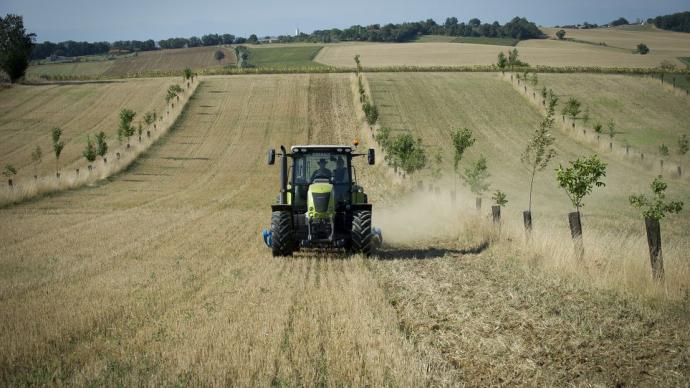
Main drivers of agroecology
Partager la page
Agroecology is based on a systematic approach to the farm (an overall reflection incorporating all aspects of the farm at the same time). There is no single recipe or set of specifications, but individual solutions that need to be developed for each specific context, based on a set of common principles.
Agroecological systems are based primarily on fostering positive biological interactions within the agricultural ecosystem. Encouraging functional biodiversity (using hedges and grass strips, etc.) and appropriate crop rotations, for example, will help to encourage natural regulation of populations to manage bioaggressors or encourage seed predation to avoid adventitious crops.
Agroecology also seeks, where possible, to complete bio- and geochemical cycles (water, nitrogen, etc.) by supporting the farm’s autonomy and resilience. This, for example, involves working on crop rotations as well as cover between crops, reducing dependence on inputs and creating the right conditions for soil fertility. Developing synergies between livestock farming and crops, for example, helps to reduce reliance on synthetic chemical fertilisers whilst managing organic effluents, and at the same time, reduce dependence on fluctuations in production costs by consuming some production on the farm itself.
As a result, the two main principles underlying agroecology give the system a number of characteristics that help it to improve its sustainability and increase its resilience. By diversifying income sources, it also improves farmers’ economic resilience and supports local development. This integrated approach to economic and environmental issues supports efficient management of natural resources.